Sailing the Blue Skies since 2001.

Here's Nester's favorite games. These aren't in any real order.
Shenmue (Sega, DC, 2000)
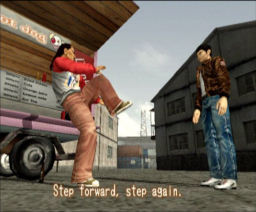
Shenmue goes a long way to make its world seem authentic. Taking place in the real world location of Yokosuka Japan in the late 80’s, director Yu Suzuki made sure that its setting was reflected in its details. The world of Shenmue feels real, organic, and alive. This is one of the keys to the game's success.
And through these details, Shenmue teaches its more observant players a valuable life lesson. Amidst the clichéd plot of murder and revenge, the game's protagonist, Ryo Hazuki, engages in simple activities, like taking care of an orphaned kitten, buying sodas from vending machines, and even playing video games at the You Arcade. This reminds us to be careful not to get too wrapped up in our passions, and that we should occasionally slow down and enjoy the simple pleasures in life.
It's not often when a game expresses such a profound message through its actual gameplay, but it's a method that more games should try to employ.
Castlevania: Bloodlines (Konami, Genesis, 1994)
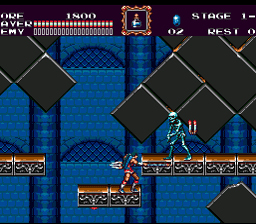
For me, Bloodlines nails the Castlevania atmosphere better than any other installment in the series that I've played. And it manages to do it while taking the adventure outside of Dracula's castle, and spreading it all around Europe. But the main gameplay is strictly classic Castlevania, done about as well as it's ever been.
Resident Evil 4 (Capcom, GC, 2005)
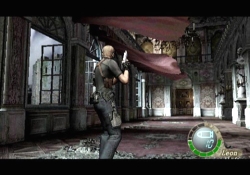
This is a case of a game being so well polished and so well produced that it makes its relatively straightforward gameplay inherently compelling. It takes what's essentially a run-and-shoot mechanic and fleshes it into a horrific action-adventure. But even the minigames, like The Mercenaries and the shooting gallery, are fun and satisfying in their own right. This game is a demonstration of what can be accomplished when the core gameplay is rock solid.
SSX 3 (EA Sports Big, GC, 2003)
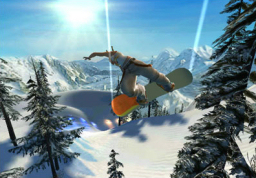
I was in the market for a snowboarding game at the end of 2003, and rather than buy Nintendo's 1080: Avalanche, I went with EA's SSX 3. The time I spent on this game in the next several months bordered on obsession. The mountain presented to you in the game was huge, the smooth and refined controls made it lots of fun to explore, and the immense number of unlockables gave you plenty of incentive to explore it. I've been a fan of the series ever since, but SSX 3 is still my favorite.
Wing Commander III: Heart of the Tiger (EA, PC, 1994)
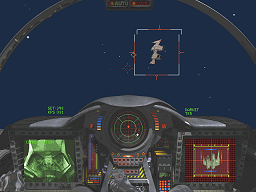
In my opinion, Wing Commander III was one of the few “interactive movies” that successfully blended its gameplay with live-action movie sequences. It was a natural fit for the series, which alternated space combat missions with the social aspects of life aboard a carrier. While the movie portions of the game could be seen today as cheesy and melodramatic, it was really well done for its time, and frankly, that was part of its charm. It's still entertaining even now, due in part to the strong cast, which included Mark Hamill, John Rhys-Davies and Malcolm McDowell.
Yoshi's Island: Super Mario World 2 (Nintendo, SNES, 1995)
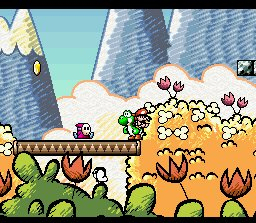
Yoshi's Island was one of a few brave games in the mid 90's that wholeheartedly embraced 2D graphics. Ironically, it was powered by the Super FX2 chip, which was originally meant to provide SNES games with polygonal 3D capabilities. Here, it's used for some absolutely stunning 2D effects.
It's also a great example of gameplay depth. Yoshi has so many options available to him, despite relatively straightforward game mechanics. He can also morph into vehicles and play numerous bonus games, not to mention several unlockable secret levels.
Street Fighter Alpha 3 (Capcom, DC, 1998)
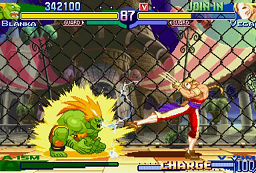
No one can milk a franchise like Capcom can. Their idea of a sequel often borders on “remake.” But the few rare times they do overhaul a series to create a fresh, new experience, it's spectacular. In my opinion, Street Fighter Alpha 3 was the biggest leap in the Street Fighter franchise since Street Fighter II. It had a huge character roster containing pretty much every major character in the series' history, and was presented with an energetic, techno style that started a trend with many proceeding fighting games. The Dreamcast and Playstation versions added a ton of extra options and characters rarely seen in arcade ports. And despite all the content, the game was well polished. I think it's still quite amazing.
The Legend of Zelda: Majora's Mask (Nintendo, N64, 2000)
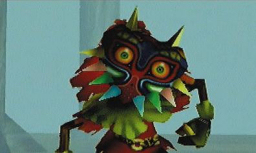
Choosing a favorite Zelda game is a difficult task for me, but Majora's Mask is often the one that sticks out. Maybe it's because it's such a unique entry in the series, like Zelda II. But unlike Zelda II, it didn't have to completely change its mechanics to be different. It's a brave and admirable sequel, and I wish more game series had the courage and ability to accomplish so many fresh ideas the way Majora's Mask did.
Super Metroid (Nintendo, SNES, 1994)
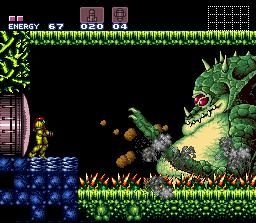
While released in the same year as other high profile SNES games, such as Donkey Kong Country and Final Fantasy III/VI, the passage of time has only revealed the brilliance of Super Metroid. It has aged far better than any of its contemporaries, and it's clear that this was a game way ahead of its time.
Contra 4 (Konami, DS, 2007)
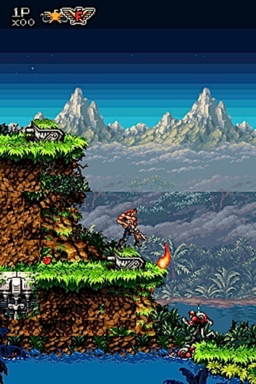
In a way, this game was something of a revelation for me. It reminded me how much fun a good, healthy challenge was. It reminded me that games don't need to be flashy or complex to be compelling. It reminded me of why I love video games in the first place. Sooner or later, I had to concede to myself that this game was not just another good time, but was truly something special.
